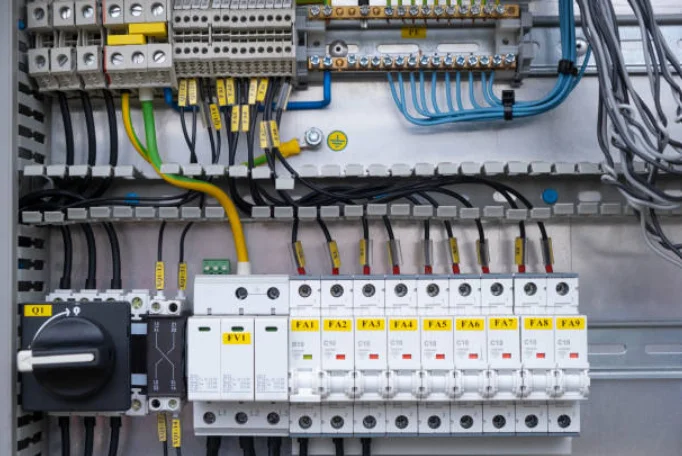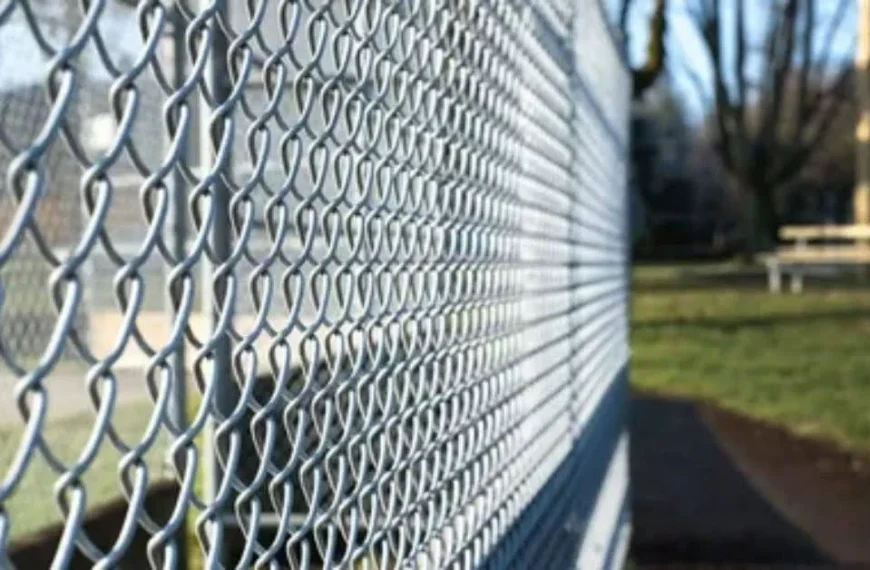Surge protection is no longer optional in today’s industrial and commercial sectors, as it acts as a critical layer of defense against voltage spikes that can damage equipment, disrupt operations, or create financial loss. If you are responsible for designing, installing or maintaining the electrical systems, knowing the basics of how surge protectors are wired is important. That is the reason understanding a surge protector wiring diagram is a basic skill.
This guide is focused on explaining surge protection clearly to B2B engineers, facility managers, and procurement teams. We will discuss how surge protector wiring works, important elements of the diagram, installation tips, and what role a trusted surge protector manufacturer should play in aiding the electrical infrastructure.
Why Understanding Surge Protector Wiring is Important in Industries
Various activities can result in voltage surges, both external like lightning or internal such as switching action and equipment cycling. Surge Protective Devices (SPDs) are designed to shunt the excess voltage away from critical assets.
Even though most facilities outsource the work to an electrician or an electrical contractor for the installation, knowing the basic wiring principles provides numerous B2B benefits:
- Strategic foresight planning: As it relates to infrastructure development, facility managers may have some foresight about the different installations that may need to be done.
- Improved better procurement: Looking at the wiring diagrams enables teams to choose compatible devices.
- Risk assessment and mitigation: Understanding how each level of protection is implemented assists in minimizing system risks.
Surge protective devices can be correctly and appropriately installed when your team is able to work directly with a surge protector manufacturer if they know how a surge protector wiring diagram works.
Basic Components Found in a Surge Protector Wiring Diagram
A wiring diagram of a surge protector is a graphic representation of the connections and interrelations a surge protective device has with an electrical system or a circuit. The wiring diagram will be more intricate than the norm depending on the kind of device, its intended place of use and how it ought to be installed, but regardless of the case, they will always have the following parts:
Line (L), Neutral (N), and Ground (G)
- Line (L): Supplies voltage to the electric panel or any device.
- Neutral (N): Functions as the current returning path to close the circuit.
- Ground (G): Acts as a conductor through which surge energy of the equipment can be extinguished safely.
In any given wiring diagram, these components are each labeled conspicuously so that every installer is able to maintain adequate performance and protection as well as safe working spaces.
SPD Terminals
An SPD may have terminals such as:
- L-N Protection: Protects between line and neutral.
- L-G Protection: Protects between line and ground.
- N-G Protection: Protects between neutral and ground.
SPDs with different configurations for different applications must be read the diagram.
Disconnect or Breaker
Surge protector wiring diagrams also have a separate circuit breaker or fuse. This enables the SPD to be easily serviced or uninstalled after the device is no longer useful.
Working alongside a surge protector manufacturer solves the issue of relying on generic diagrams as they customize them per your industry and ensure compliance.
Most Used Wiring Diagram For Surge Protection Devices
Knowing different designs can assist you in deciding which one is suitable for your environment. These are some common wiring diagrams seen in surge protection implementations.
Single-phase systems
Single-phase systems are commonly seen in commercial or light industrial settings. The SPD shows typical interconnections from Line (L) to Neutral (N), Line (L) to Ground (G), and also Neutral (N) to Ground (G). These are meant to provide protection against both common mode and differential mode surges.
Three-Phase Systems
In most industrial environments, three-phase power is standard. Consequently, surge protector wiring diagrams will feature multiple line connections – L1, L2, L3 – as well as Neutral and Ground. Depending on whether the system is in:
- Wye (Star) Configuration: Contains neutral, and all phases are grounded plus connected to neutral, or
- Delta Configuration:** There is no neutral, only phase-to-phase and phase-to-ground protection is offered.
It is crucial to make these distinctions when purchasing from a surge protector manufacturer so that device functionality is compatible with the electrical system in question.
Data Line and Low-Voltage SPD Wiring
For data lines that are as important as power, such as in server farms and automation systems, data lines also include the protection for Ethernet, coaxial or telephone lines. These wiring diagrams also include signal pairs, shield grounding along with Transient Clamping Paths (TCP).
Important Factors When Installing Using Schematics
After comprehending the steps using the schematic, the most thoughtful step is reverifying the wiring plans schematic. These notes are intended for developing complete forms of working functionality described providing protection:
Limit Auxiliary Connections
The wiring configuration of the SPD must allow the fastest response. Diagrams do not proportion wire length, but the practice recommends keeping the leads within 0.5 m to minimize crosscut.
Failure To Protect A Surge
Diagrams depict angular connection paths vividly. A surge protection device will not function as intended without proper grounding. Low impedance grounding straps may be added at the remote stake points indicating positioned points.
Set Terminals Utility Surge Decoupler
Installers must use figure to survey turbines and pattern where SPDs need to be mounted or fitted:
- At the service entrance: To intercept external surges.
- At entry to distribution panels: To cover internal electrical gadgets.
- At equipment entry points: Installing on delicate devices or mission critical ones.
For the already specified decouplers, enclosing guides or ready diagrams are offered by every reliable manufacturer of surge protectors.
manufacturer’s Appendices
Each of these devices contains an appropriate schematic accompanied with mounting protocols. In the case you deviate from the guide from the documents, you risk losing coverage under guarantees, certifications, and overall protection.
How to Work Together with a Surge Protector Manufacturer for Custom Solutions
Wiring diagrams are not merely schematic drawings; they are powerful techniques that determine how a business operates safely and efficiently. For businesses running complex or large scale operations, prepackaged do-it-yourself solutions will not suffice.
Alternatively, working with a surge protector manufacturer will allow you to enjoy the following benefits:
- Custom Diagrams: Complete top to bottom diagrams that cater to your specific power structure and encompass all vital sign components, labeling, breaker types, and layout.
- Engineering Services Before Sales: Aiding in trying to figure out system requirements and giving them the right SPD configuration.
- Guides for Installation: Safe and fast installer complete instructions, documentation and assistance for better clarity and enhanced support for faster installation.
- Education and Instruction: Block team guides with text or 3D assets and many more also onsite support from the manufacturer.
As a matter of fact, having the right documentation of a surge protector wiring diagram and consulting an expert surge protector manufacturer increases the chances of assuring requirements with minimal trouble, reducing expenditure due to errors, and ensuring compatibility of such devices.
Conclusion
More often than not, wiring a surge protector is an electrician’s job, but in the B2B context, possessing knowledge of the surge protector wiring diagram is an asset. This enhances accuracy facilitating smart procurement, thorough planning, and better reliability of the system.
Understanding the basics is vital when combined with a trusted surge protector manufacturer who is ready to help your crew through the options, tailoring, and fitting processes.
With the growing complexity and interrelation of industrial systems, correctly routed, and functional surge protection must achieve a balance; they all greatly affect the continuous operation versus failure of metrics. Back your crew and partners with the needed documents and industry and ensure effective electrical safeguarding.









